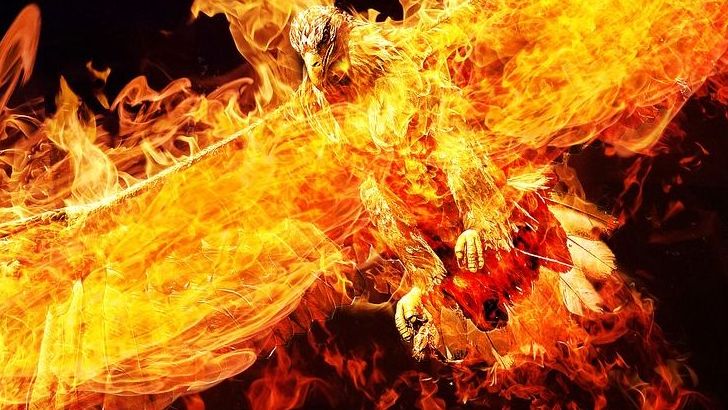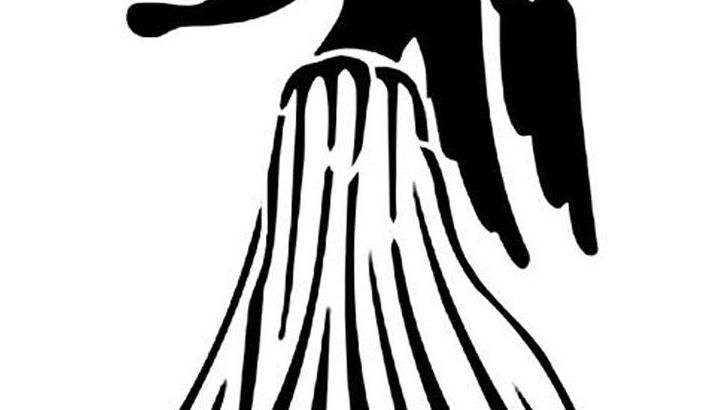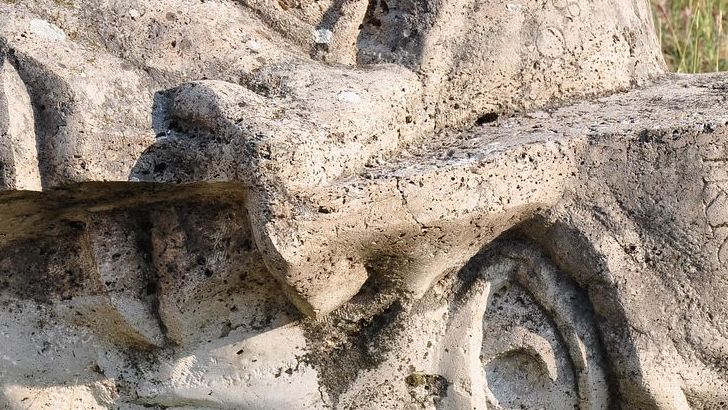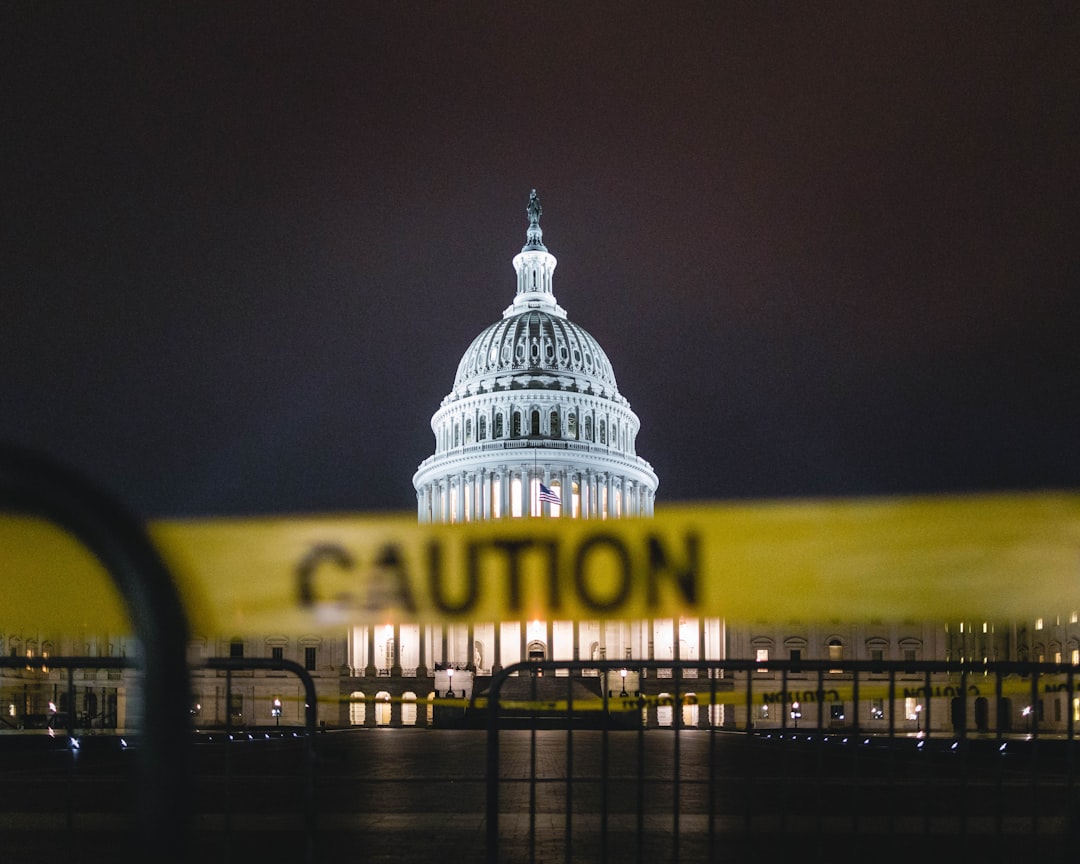Picture Cave: America’s Most Important Rock Art Site

Deep beneath the rolling hills of Warren County, Missouri, lies what archaeologists have called “the most important rock art site in North America.” Picture Cave contains 296 prehistoric glyphs that tell stories from over a thousand years ago. Scholars believe the paintings were created by the Mississippian people and have been dated to approximately 900-1100 CE. These ancient artworks weren’t just random doodles on cave walls – they were sophisticated expressions of a complex culture that understood astronomy, mythology, and spiritual practices in ways that still amaze researchers today.
The Sacred Underground Gallery

Picture Cave in Warren County, Missouri is a two-cave system that contains over 290 prehistoric polychrome paintings. What makes this cave extraordinary isn’t just the quantity of art, but its incredible quality. Analytical chemists from Texas A&M used pigment samples to determine the drawings were at least 1,000 years old. Diaz-Granados said the intricate details set the Missouri cave apart from other sites with ancient drawings. “You get stick figures in other rock art sites, or maybe one little feather on the top of the head, or a figure holding a weapon,” she said. “But in Picture Cave you get actual clothing details, headdress details, feathers, weapons. It’s truly amazing.” The cave serves as both an art gallery and a window into a vanished world.
Mysterious Techniques Behind Ancient Masterpieces

Diaz-Granados said various means were used to create the art. Charred botanical material was used to draw. For one depiction of a mythical being, the artist created a white figure by scraping off the brown sandstone. The 294 polychrome paintings by the indigenous people of Warren County were completed around A.D. 900 with materials like iron, silicon, manganese, and aluminum. Fuller has a theory that the blood of either humans or animals was used to compose some of the paintings. The artists showed remarkable ingenuity, using whatever natural materials they could find to create their lasting messages.
Thunderbirds and Supernatural Beings

The cave features drawings of people, animals, birds and mythical creatures. Among the most striking images are the thunderbirds that appear throughout the cave system. The paintings at Picture Cave depict a variety of subjects, including human figures, animals, plants, and geometric shapes. Some of the paintings are thought to represent religious or spiritual beliefs, while others may have been used for ceremonial purposes. The central figure in the panel is Wears Faces on His Ears (Įcorúšika), known as “Redhorn.” Redhorn’s stellar identity is not Morning Star, but the fixed star Alnilam in the Belt of Orion. These weren’t simple animal drawings but complex religious and astronomical symbols that connected the earthly realm to the cosmos above.
Warriors Dancing With Severed Heads

Some of the cave’s most haunting images depict warfare and violence with startling detail. In Cave 1, there is a pictograph of a warrior dancing with a severed head in his right while wielding a weapon in his left hand. The warrior is also wearing a shirt with scalps of men fringed upon it. Multiple tribes view Scalp-fringed shirts as symbols of great honor including the Blackfeet. The weapon appears to be a mace-like object. These graphic depictions weren’t meant to horrify but to honor brave warriors and commemorate significant battles that shaped the community’s history.
Connection to the Great Cahokia Civilization

Of particular importance is their analysis of motifs from Mississippi River Valley sites, including Cahokia. Warren County was at the edge of “Greater Cahokia,” an area whose trade, political, and economic reach extended from the Gulf of Mexico to Minnesota. Considered to be one the most significant North American archeological sites, Picture Cave’s importance has been described by scholars as rivaling that of Cahokia and Chaco Canyon. This connection shows that the cave wasn’t isolated art but part of a vast cultural network that spanned much of North America. The similarities in artistic styles and symbolic meanings suggest regular communication and shared beliefs across enormous distances.
Ancient Astronomical Observatory

The paintings are also believed to have been used for astronomical observations. Understood to be an ancient hallowed site for sacred rituals, astronomical studies, oral tradition, vision quests researchers have found evidence that the cave served multiple purposes beyond artistic expression. The drawings depict the common elements of life for Native Americans in A.D. 900, communicated in the way that people understood at the time. The original artists would, for example, put antlers on animals that typically did not have them, such as snakes, to represent masculinity and great power. The cave functioned as both a religious sanctuary and a place where ancient scientists studied the movements of celestial bodies.
A Tragic Auction and Cultural Loss

The cave’s recent history tells a heartbreaking story of cultural preservation versus private ownership. A bidder agreed to pay $2.2 million to private owners for what’s known as “Picture Cave,” along with the 43 hilly acres that surround it near the town of Warrenton, about 60 miles (97 kilometers) west of St. Louis. The Osage Nation, in a statement, called the sale “truly heartbreaking.” “Our ancestors lived in this area for 1300 years,” the statement read. “This was our land. We have hundreds of thousands of our ancestors buried throughout Missouri and Illinois, including Picture Cave.” The anonymous buyer’s identity remains unknown, leaving the future of this irreplaceable cultural treasure uncertain.
Washington State Park’s Living Gallery

While Picture Cave remains in private hands, Missouri visitors can still experience Native American rock art at Washington State Park. The park contains the largest group of petroglyphs yet discovered in Missouri. Because of the number and exceptional quality of the carvings, these sites were placed on the National Register of Historic Places in 1970. They make up almost 75 percent of the known petroglyphs in Missouri and contain over 350 symbols. The glyphs depict animals, birds—including dozens of thunderbirds—turkey tracks, snakes, human figures, footprints, hands, phallic and vulvar motifs, arrows, maces, cups, houses, geometric shapes, and other abstract symbols. Unlike the hidden treasures of Picture Cave, these ancient artworks remain accessible to anyone willing to make the journey.
Thunderbird Lodge and Modern Preservation

After the initial portion of land was donated to the state for a park in 1932, Company 1743, an African American company of the Civilian Conservation Corps, began to develop the area. They were inspired by American Indian petroglyph symbols in the area, naming their barracks “Camp Thunderbird.” Company 1743 built a stone dining lodge, carving an American Indian thunderbird symbol into its stone chimney and creating handmade iron door hinges. This beautiful marriage of ancient inspiration and Depression-era craftsmanship created structures that honor both Native American heritage and African American skilled labor. The exceptional quality of their craftsmanship in stone earned them high praise in the National Register of Historic Places’ citation for the park.
Ceremonial Secrets Hidden in Stone

Whatever the connections with more distant areas, the petroglyph complexes at Washington State Park were almost certainly major ceremonial sites. Young men may have been initiated into secret societies here, the glyphs serving as memory aids for the complex sequences of songs and rites that were part of the ceremonies and the directional arrows perhaps pointing the way through the maze. Ceremonies may also have related to fertility of humans and harvests, such as the Green Corn ceremony with its rich oral tradition, carried into historic times by the Osage and eastern tribes related to Missouri. These weren’t random scratches in stone but carefully planned ceremonial maps that guided spiritual practices for generations of Native Americans.
Fading Voices Calling From the Past

Middle Mississippian Indians, ancestors to the American Indians of today, carved these petroglyphs between 600 and 1,000 years ago. Time and weather played a major role in the aging process of these carvings. They did not know the meanings of these petroglyphs, nor did they realize time had altered them. As more time passed, the unprotected carvings continued to fade, and are difficult to see today. What we see today represents only a fraction of what once existed. More than one thousand years ago, Native Americans in Warren County used pictures to tell their war stories, dreams, traditions, and beliefs. Many of these visual stories have already been lost forever to weathering and human interference, making the preservation of remaining sites even more critical.
The Ongoing Fight for Cultural Heritage

The Osage Nation sees the sale of Picture Cave in Warren County, Missouri, a site they revere as one of their most sacred sites as “another heart-wrenching chapter in the history of Osage sacred places appropriated and owned by people that do not comprehend their true significance.” However, the tribe has tried to negotiate and appeal to the new owner of Picture Cave but hasn’t received any response. On May 4, 2022, Picture Cave was included on the annual 11 Most Endangered Historic Places list by the National Trust for Historic Preservation. The Osage Nation hopes Picture Cave’s inclusion will put pressure on the new owner to respect the site and provide access to members of the tribe and academics. The struggle continues as tribal leaders fight to maintain connections to their ancestors’ sacred spaces in a world where cultural heritage often loses to commercial interests.
Missouri’s ancient cave art represents more than just historical curiosities – these are living connections to sophisticated civilizations that understood astronomy, spirituality, and artistic expression in ways that continue to inspire and mystify modern researchers. What secrets remain hidden in Missouri’s limestone caves, waiting for the right moment to reveal themselves?







